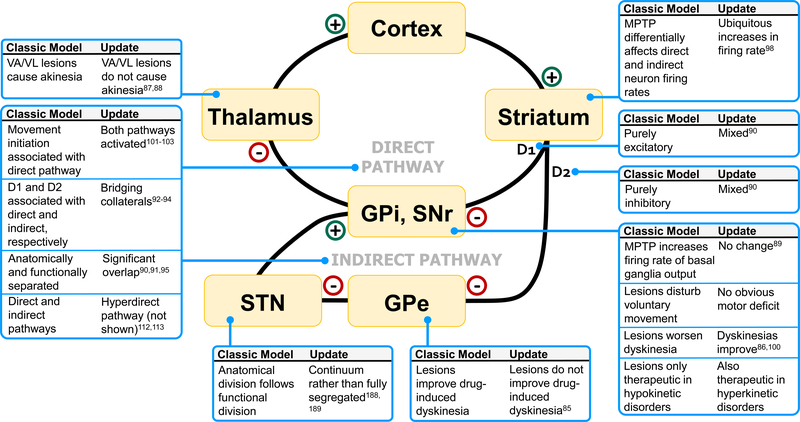Figure 1. Limitations of the rate model.
GPi, globus pallidus internus; SNr, substantia nigra pars reticulata; GPe, globus pallidus externus; D, dopamine. Plus signs indicate glutamatergic projections and minus signs indicate GABAergic projections. Classic basal ganglia “box” models include a direct and indirect pathway. The direct and indirect pathways are classically associated with D1 and D2 receptors, respectively. The direct pathway disinhibits the thalamus via inhibition of the GPi through a direct striatal-pallidal-thalamic loop. In contrast, the indirect pathway sends inhibitory projections first to the GPe, leading to less inhibition of the STN, and subsequently more activation of the GPi. Firing rates can be measured along these pathways and are commonly used to investigate pathological under- or over-activity of these nuclei in specific diseases. Although the original rate model proved pivotal for motivating neurosurgical efforts in the treatment of basal ganglia diseases, recent observations have demonstrated its many limitations. Here, we depict a subset of examples, indicating for each what the classic model would predict and what new evidence has demonstrated.

